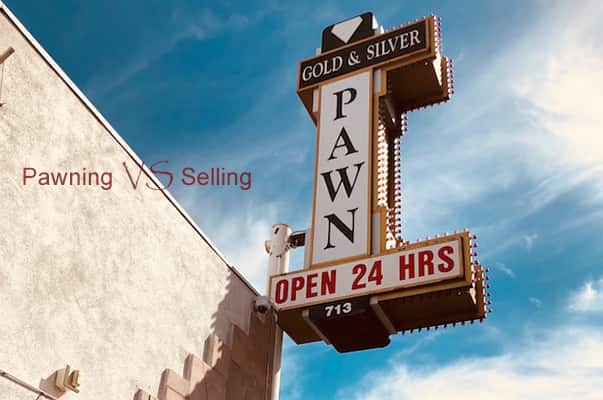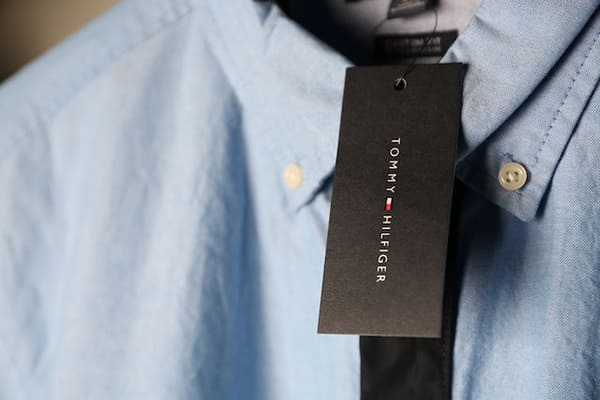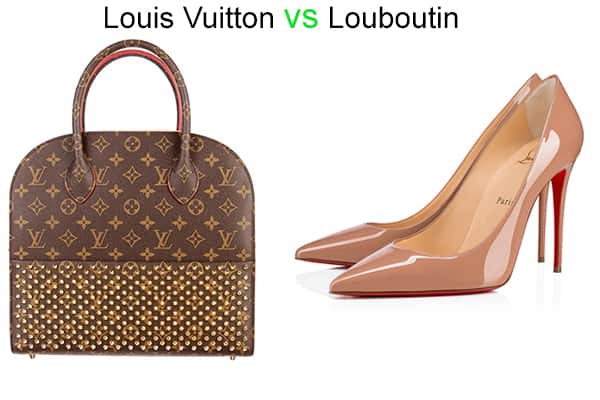The rivalry between McDonald’s and Burger King is legendary in the fast-food industry. Each brand has carved out a significant market share, offering unique takes on American fast food staples. While McDonald’s is often viewed as the global leader, Burger King has built a strong following with its distinct flame-grilled offerings and bold marketing. This article explores the nuances between McDonald’s and Burger King, delving into their histories, menu items, cooking methods, marketing strategies, and global presence.
History of McDonald’s and Burger King
McDonald’s: The Pioneer of Fast Food
McDonald’s began as a single drive-in restaurant in 1940, founded by Richard and Maurice McDonald in San Bernardino, California. The brothers introduced the “Speedee Service System” in 1948, revolutionizing fast food with quick, efficient service. In 1954, Ray Kroc, a milkshake machine salesman, saw potential in their business model and partnered with them. By 1961, Kroc had bought out the brothers, transforming McDonald’s into a global franchise giant.
Burger King: The Flame-Grilled Competitor
Burger King was founded in 1954 by James McLamore and David Edgerton in Miami, Florida. Originally called Insta-Burger King, the brand gained popularity with its Insta-Broiler, a device that cooks burgers quickly. After financial troubles, the brand was restructured and rebranded as Burger King in 1959. The company adopted a franchising model, similar to McDonald’s, which helped it expand rapidly.
Menu Offerings
McDonald’s Menu: Iconic and Consistent
McDonald’s is renowned for its Big Mac, Quarter Pounder, and Chicken McNuggets. The menu also includes breakfast items, salads, and desserts. McDonald’s consistency is a hallmark; a Big Mac tastes the same worldwide. Their fries, known for being crispy on the outside and fluffy inside, are a customer favorite. The brand has also embraced healthier options and digital ordering.
Burger King’s Menu: Flame-Grilled Flavor
Burger King’s menu revolves around its signature Whopper, a flame-grilled burger with a distinctive smoky taste. The chain offers various sandwiches, chicken items, and sides like onion rings. Burger King is known for its innovation, introducing items like the plant-based Impossible Whopper and catering to regional tastes with unique menu items.
Cooking and Preparation
McDonald’s: Mass Production and Speed
McDonald’s burgers are typically pre-cooked and assembled quickly when ordered, allowing for consistency and speed. Fries are partially fried before shipping and then cooked to order, ensuring they are fresh and hot.
Burger King: Flame-Grilled for Unique Taste
Burger King’s flame-grilled method gives its burgers a distinct flavor. Unlike McDonald’s, Burger King adds toppings like lettuce and tomato when ordered, enhancing freshness and allowing for customization.
Service and Customer Experience
McDonald’s: Efficiency and Family Focus
McDonald’s emphasizes quick service and a standardized process. Orders are taken and served by the same employee, streamlining the customer experience. The chain’s clean and family-friendly atmosphere is designed to attract a broad audience.
Burger King: Customization and Speed
Burger King takes orders at one point and often serves the food at another, which can sometimes lead to faster service. The brand prides itself on allowing extensive customization, aligning with its “Have It Your Way” slogan.
Marketing Strategies
McDonald’s: Global and Family-Oriented
McDonald’s marketing strategy focuses on creating a family-friendly image with consistent global messaging. Campaigns like the Happy Meal and Ronald McDonald have been central to building a positive brand image. The company invests heavily in global advertising, leveraging partnerships and promotions to maintain its market leader status.
Burger King: Bold and Competitive
Burger King is known for its bold marketing campaigns, often taking direct shots at competitors like McDonald’s. The chain uses comparative advertising to highlight its strengths and differentiate itself. Recent campaigns have included edgy promotions targeting young adults, reinforcing its adventurous brand persona.
Global Presence
McDonald’s: Ubiquitous and Adaptable
McDonald’s operates over 38,000 restaurants in nearly 120 countries, making it the largest fast-food chain globally. The brand adapts its menu to local tastes, offering items like the McAloo Tikki in India and the Teriyaki Burger in Japan. This adaptability has been crucial to its international success.
Burger King: Expanding and Competitive
Burger King, with approximately 18,000 locations in 100 countries, has a significant global footprint, though smaller than McDonald’s. The brand has focused on aggressive franchising and partnerships, like its acquisition of Tim Hortons in Canada, to compete effectively in diverse markets.
Franchising Opportunities
McDonald’s: High Investment, High Reward
Owning a McDonald’s franchise requires a significant investment, typically ranging from $1.3 million to $2.3 million, plus a $45,000 franchise fee. Despite the high entry cost, the brand’s established reputation and support network make it a lucrative opportunity for investors.
Burger King: Accessible and Innovative
Burger King’s franchise model is somewhat more accessible, with initial investments ranging from $333,100 to $3.4 million and a franchise fee of up to $50,000. This lower barrier to entry, combined with the brand’s innovative approach, makes Burger King an attractive option for potential franchisees.
Corporate Structure and Business Model
McDonald’s: Centralized Control
McDonald’s uses a centralized business model, owning the land and leasing it to franchisees. This allows the company to maintain significant control over operations and standards, ensuring a consistent experience across all locations.
Burger King: Decentralized and Adaptive
Initially, Burger King sold territorial licenses without strict controls, leading to inconsistencies. Today, the brand has adopted a more centralized model similar to McDonald’s, balancing franchisee flexibility with corporate oversight.
Nutritional Differences
McDonald’s: Detailed and Diverse
McDonald’s provides detailed nutritional information for all menu items, aiding customers in making informed choices. The chain has introduced healthier options like salads and fruit, catering to health-conscious consumers.
Burger King: Flavor-Focused
Burger King emphasizes bold flavors, often resulting in higher calorie and fat content. The chain has introduced healthier alternatives like the Impossible Whopper but remains focused on indulgent, flavorful offerings.
Customer Loyalty and Brand Perception
McDonald’s: Trusted and Reliable
McDonald’s has built a loyal customer base through consistent quality and a family-friendly image. The brand is perceived as reliable and convenient, making it a preferred choice for many consumers worldwide.
Burger King: Bold and Unique
Burger King attracts customers who value bold flavors and customization. The brand’s edgy marketing and innovative menu items appeal to a younger, adventurous demographic.
FAQs
How do McDonald’s and Burger King adapt their menus to different countries?
Both brands customize their menus to cater to local tastes and dietary preferences. For example, they might offer special sauces, unique burger toppings, or even entirely new items that resonate with the culinary traditions of a specific country or region.
Who has more outlets worldwide, McDonald’s or Burger King?
As of the latest figures, McDonald’s has more outlets globally, with over 37,000 locations, while Burger King has around 18,000 stores. The numbers can vary, and it’s recommended to refer to the latest reports for the most accurate information.
What are some of the key strategies used by both McDonald’s and Burger King to compete with each other?
Both brands invest in marketing, product innovation, and customer experience. They frequently launch new menu items, offer special deals and promotions, and update their restaurant designs to enhance the dining experience and appeal to a wide range of customers.
How do the franchising costs and requirements differ between McDonald’s and Burger King?
While both McDonald’s and Burger King operate using a franchise model, the initial investment and fees can vary. McDonald’s usually requires a higher initial investment compared to Burger King. The specific costs and requirements may differ based on location and other factors.
What are some of the signature dishes that set McDonald’s and Burger King apart from each other?
McDonald’s is widely recognized for its Big Mac, a two-patty burger with a special sauce. Burger King, on the other hand, is famous for its Whopper, known for its flame-grilled patty. These signature items have become synonymous with their respective brands and are often the highlights of their menus.
How do McDonald’s and Burger King adapt their menus to local tastes?
Both brands customize their menus to suit local preferences, offering unique items like the McAloo Tikki in India for McDonald’s and regional Whopper variations for Burger King.
Finishing Touch
The rivalry between McDonald’s and Burger King extends beyond mere competition; it represents different approaches to business, branding, and customer engagement. McDonald’s leads with its global consistency and family appeal, while Burger King stands out with its flame-grilled offerings and bold marketing. Ultimately, the choice between McDonald’s and Burger King depends on personal preferences, with each brand offering unique experiences that have significantly shaped the fast-food industry.





